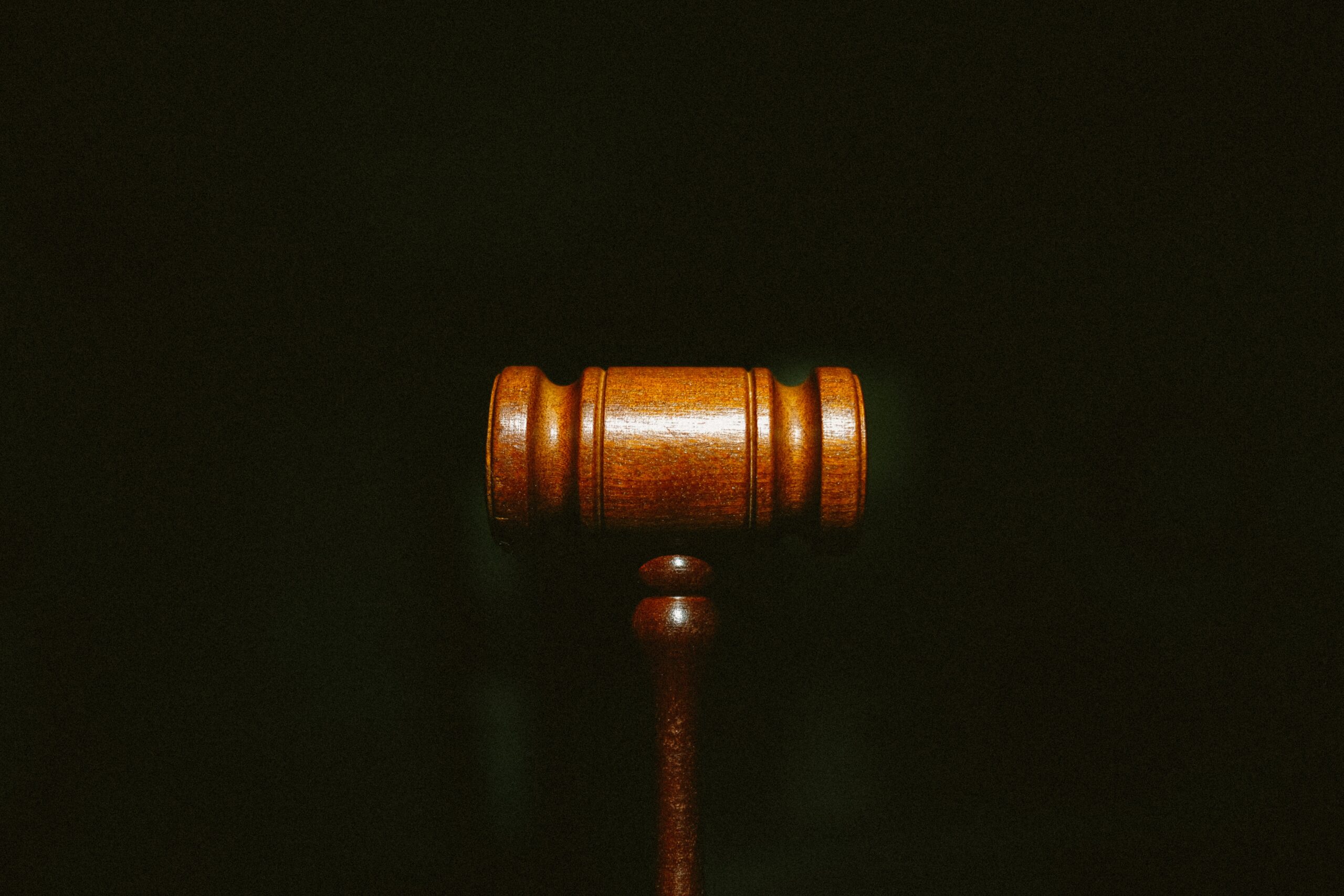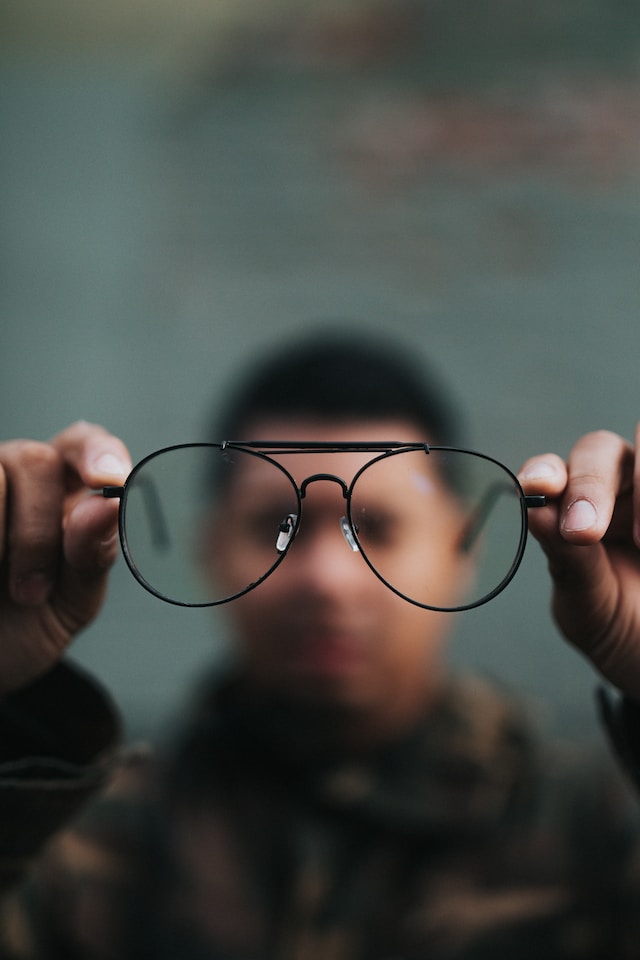Cryonics is the scientific process of suspending a legally dead person in extremely low temperatures, under monitored conditions, with the purpose of “reanimating” them, when advancements in science and technology allow for it. One might naturally think preserving the remains of a dead person is a fairly straightforward process, but it has proven to be quite the opposite. Cryopreservation has been, and continues to be, flooded with legal complications.
The following are some of the legal obstacles that cryonics has had to deal with, such as: clashes between autopsy and cryopreservation, disagreements between cryonic centres and authorities, allegations of the process being illegal, and so on. This article will attempt to outline certain legal concerns faced by cryonicists, illustrated by interesting cases, bringing up various contentious points for discussion.
Autopsy versus Cryopreservation
An autopsy is a detailed external examination of one’s body, and frequently involves dissection of internal organs. For cryopreservation on the other hand, the body has to be intact, and the process for cryonic suspension should begin as early as possible for it to be effective. Thus, an autopsy is counterproductive; even in situations where a body is left in a state that is amenable to preservation by freezing, the risk of an autopsy can interfere with the intention of the deceased to be preserved cryonically. However, an autopsy is required to ascertain the cause of death, where the latter is either not apparent, or has taken place under suspicious circumstances. Therefore, there is a constant conflict between the powers of authorities to conduct autopsies, and desire for cryopreservation of the deceased to be carried out.
Penal laws generally confer certain powers on the authorities to conduct an autopsy in particular circumstances. However, in the United States of America, provisions of the Uniform Anatomical Gift Act (UAGA) in the states of California, New York, New Jersey, Ohio and Rhode Island, contain provisions for “Religious Objections to Autopsy”. This is used by individuals to prevent an autopsy of their remains, in most circumstances by signing a certificate declaring that an autopsy is contrary to their “religious belief”. This limits the scope for conducting autopsies and has proved to be a useful means of preventing autopsy in many cases. If an autopsy is contended, the legal next of kin is allowed 48 hours to attain a court order to block this, meanwhile the coroner is prevented from carrying out autopsy procedures on the body of the deceased.
Like all other laws, this too has certain exceptions. The Court may overrule such an objection to an autopsy, if the coroner has a reasonable suspicion of the death having been caused by a criminal act of another, or by a contagious disease constituting a public health hazard, to protect the larger state interests. Therefore, the right of individuals to be cryonically suspended is limited by the necessity of conducting an autopsy, and subjected to any overriding public/state interests.
Cryonics and Local Authorities
Although cryonics has been in practice for over half a century now, it has been accompanied by legal complications and objections right from the beginning. The most common of these is the disapproval expressed by the concerned local authorities about the whole cryonics process, sometimes even going to the extent of calling it illegal. Two such scenarios are discussed in detail below:
Dora Kent
Arguably, one of the most popular cases in this regard is that of Dora Kent, where Alcor had to face a series of legal battles. Dora Kent died at the Alcor cryonics facility due to natural causes, and subsequently achieved cryonic suspension. Since she opted for neuropreservation, only her head was cryopreserved. Upon the coroner’s request, the rest of her body was sent for autopsy, after which a certificate was issued confirming death from natural causes. However, the coroner grew suspicious about her death before the cryonics procedure was started. This led to cryonicists at Alcor being handcuffed and detained, while the whole facility was raided. The coroner’s office sought to seize the head of Dora Kent, so that an autopsy could be conducted on it. This was rejected by the Court, which also issued an order barring the coroner from autopsying Dora Kent or any of Alcor’s patients.
Following this, it was alleged that Mrs Kent was a victim of “homicide”, and that she was alive when the suspension started. There were no grounds for a murder claim and hence no charges were framed, for lack of any conclusive evidence.
Alcor was hit by two other challenges with respect to the Dora Kent case. First was a claim that the personnel who worked on Dora Kent’s cryonic suspension were guilty of “felony practice of medicine without a license”. This claim was however abandoned soon after. The second attack was an accusation of “theft of medical supplies and equipment from UCLA” by Alcor. This was proved wrong through an investigation.
Whole cryonic suspension being an illegal affair
Although cryonic facilities had been conducting cryonic suspension of just the head of their “patients” for a few decades, without much hassle, trouble began in 1988 when Robert Binkowski was Alcor’s first whole-body suspension. It was contended by the California State Health Department that, “as there was no law permitting cryonic suspension, the same was illegal and those involved in it will be guilty of misdemeanour”. With this reasoning, they refused to grant the VS-9 Forms necessary for preserving the remains of dead persons. Such a position would render Alcor’s activities illegal.
This adverse position taken by the Health Department also affected the suspension of Dick Jones, who went by the alias “John Roe”. Mr Jones was suffering from a terminal illness and was admitted to the Sherman Oaks hospital. The hospital refused to give custody of Mr Jones’s body upon his death to Alcor. In order to assert the right of individuals to choose cryopreservation, and to establish that cryonics was not illegal, litigation was resorted to.
The matter culminated in the celebrated judgement of Roe v. Mitchell. It was decided that cryonic suspension is lawful and constitutionally protected; the Health Department’s assertion that cryonics did not constitute “scientific use”, was arbitrary, capricious and discriminatory, and that Alcor has a constitutionally protected right to contract and also the freedom of association. This case thus helped cryonic facilities to obtain the requisite documentation, and also confirm the full-body cryopreservations they had carried out thus far.
The process of cryonics and the ethical issues surrounding this pose more questions than answers. Nonetheless, despite concerns that others may have about public health or moral questions about extending life, there should be a comprehensive and uniform act to address these dilemmas. In essence, descendants who choose to be cryogenically suspended should be allowed that right to legally do so without contention.
“Legal Aspects of Cryonics: Rights of the Cryopreserved (Part II)” | Timeskipper 2021
Chirag Balyan, and Prof. LK Deb (2017): Life beyond life? Legal Implications of Cryonic Preservation
Ayoub T., and Chow, J. (2008). The Conventional Autopsy in Modern Medicine
Stephen Bridge (1994): The Legal Status of Cryonic Patients | Alcor
Mike Perry (1999): Alcor’s Legal Battles | Alcor
George P. Smith, II, & Clare Hall (1986): Cryonic Suspension and the Law
Chronology of Attempted 2004 Cryonics Legislation in Arizona | Alcor














